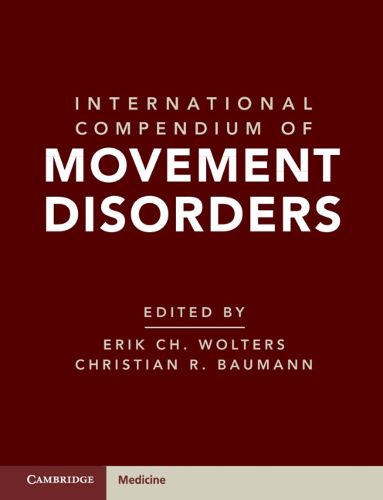Readings Newsletter
Become a Readings Member to make your shopping experience even easier.
Sign in or sign up for free!
You’re not far away from qualifying for FREE standard shipping within Australia
You’ve qualified for FREE standard shipping within Australia
The cart is loading…






A comprehensive and multidisciplinary guide to understanding and treating a wide range of movement disorders, including parkinsonisms, tremor, tics, dystonia, chorea, ballism and myoclonus. Split into five sections, the first is a basic introduction to the subject, covering the principles of human motor behavior and functional anatomy. The next three sections discuss movement disorders in depth, grouped into hypokinetic, hyperkinetic, and dyscoordinative and otherwise inappropriate motor behaviours, covering clinical manifestations, diagnostic features and therapeutic strategies. The last section explores the different ways of objectifying selected behavioral movement disorders. 90 videos, hosted online, and over 200 figures illustrate the concepts covered in the book, offering a visual reference for the disorders discussed. This compendium offers an essential tool to recognize, interpret and understand the clinical manifestations and underlying disorders of neurological movement disorders, and to select the best therapeutic strategies.
$9.00 standard shipping within Australia
FREE standard shipping within Australia for orders over $100.00
Express & International shipping calculated at checkout
A comprehensive and multidisciplinary guide to understanding and treating a wide range of movement disorders, including parkinsonisms, tremor, tics, dystonia, chorea, ballism and myoclonus. Split into five sections, the first is a basic introduction to the subject, covering the principles of human motor behavior and functional anatomy. The next three sections discuss movement disorders in depth, grouped into hypokinetic, hyperkinetic, and dyscoordinative and otherwise inappropriate motor behaviours, covering clinical manifestations, diagnostic features and therapeutic strategies. The last section explores the different ways of objectifying selected behavioral movement disorders. 90 videos, hosted online, and over 200 figures illustrate the concepts covered in the book, offering a visual reference for the disorders discussed. This compendium offers an essential tool to recognize, interpret and understand the clinical manifestations and underlying disorders of neurological movement disorders, and to select the best therapeutic strategies.